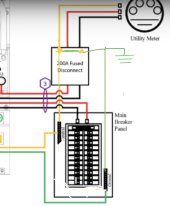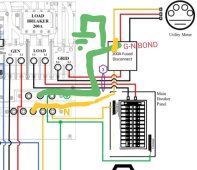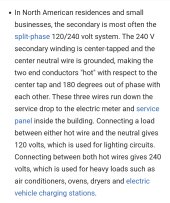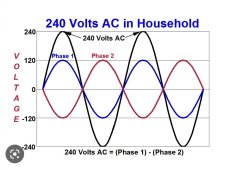LasseH
New Member
You can follow that drawing with the exception of the grounding. All available main grounds (driven,water, Uffer,gas) and N/G bond should be moved to the disconnect before the Sol-Ark.
Hopefully Sol-Ark will put out a corrected drawing, quickly. I'm sure that it was just an oversight.

Like this, Correct? Like you said, the 200A fused disconnect in this case can be considered the main breaker panel, and that is what is supposed to be bonded with neutral, since we don’t want any current running through the neutral wire back to the transformer.
E.g. If 100A ran through ground: Now we would have only 50A to run through the ground wire and we would also allow the other 50A to run through the neutral wire back to the transformer.






